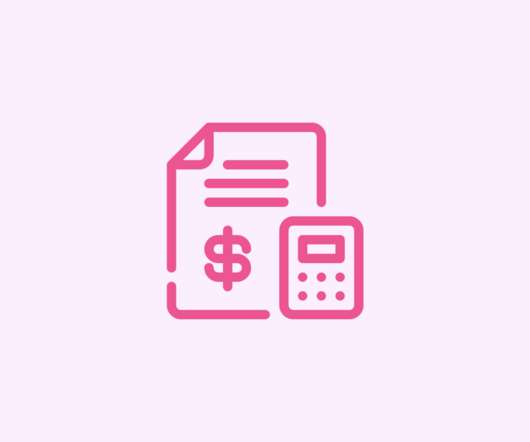Earned and Incurred Accounting: What’s the difference?
Baremetrics
SEPTEMBER 2, 2021
When money comes in and services are rendered on different timelines, it can be difficult to keep track of what invoices have been collected and who is still owed services. Baremetrics integrates seamlessly with your payment gateways, so information about your customers is automatically visualized on the Baremetrics dashboards.


















Let's personalize your content